Code
HCS32659
Weight
50 Kg / 110.23 lbs
Size
Height
100cm (39") Width
70cm (28") Depth
30cm (12") Material
Copper
Availability
Available

Safe Payment
We accept Paypal, Money Transfer, Bank Transfer
Confidence
Protection covers your purchase and personal data.
Worldwide Delivery
We ship Worldwide, except Russia.Shipping cost US$25.2 for upto 0.5 kgs

Hotline
Talk to help line for your question on 9841267335Antique Finishing
This is an antique patina-finished [yamantaka], Buddhist Handmade Statue, [face Painted], [chocolate Oxidized], And Antique Finishing With Additional Carving. This is not an antique statue. It is just an antique patina finish. This [yamantaka], Buddhist Handmade Statue, [face Painted], [chocolate Oxidized], And Antique Finishing With Additional Carving is a testament to the artisan's mastery of the art of aging. Its antique patina has been meticulously crafted to give the appearance of an aged statue, showcasing the artist's unique techniques and skills. Through undisclosed processes and careful aging treatments, the [yamantaka], Buddhist Handmade Statue, [face Painted], [chocolate Oxidized], And Antique Finishing With Additional Carving undergoes a transformation that captures the essence of time and history. Read More . . .
This is an antique patina-finished [yamantaka], Buddhist Handmade Statue, [face Painted], [chocolate Oxidized], And Antique Finishing With Additional Carving. This is not an antique statue. It is just an antique patina finish. This [yamantaka], Buddhist Handmade Statue, [face Painted], [chocolate Oxidized], And Antique Finishing With Additional Carving is a testament to the artisan's mastery of the art of aging. Its antique patina has been meticulously crafted to give the appearance of an aged statue, showcasing the artist's unique techniques and skills. Through undisclosed processes and careful aging treatments, the [yamantaka], Buddhist Handmade Statue, [face Painted], [chocolate Oxidized], And Antique Finishing With Additional Carving undergoes a transformation that captures the essence of time and history. Read More . . .
About Chocolate Oxidized
This [yamantaka], Buddhist Handmade Statue, [face Painted], [chocolate Oxidized], And Antique Finishing With Additional Carving has been meticulously treated with a chocolate color antique patina. The intention behind this patina is to replicate the appearance of a copper statue that has gracefully aged over a century. Unlike a simple coat of paint, this patina is not applied superficially and is designed to endure. It undergoes an artificial oxidation process that adds depth and character, while also serving as a protective layer against natural oxidation.
By imitating the natural aging process, the chocolate color antique patina lends an air of authenticity and vintage charm to the [yamantaka], Buddhist Handmade Statue, [face Painted], [chocolate Oxidized], And Antique Finishing With Additional Carving. This carefully crafted finish ensures that the patina remains intact for an extended period, offering longevity and resistance to wear. The result is a unique piece that captures the essence of a time-worn copper statue, evoking a sense of history and artistic heritage.
This [yamantaka], Buddhist Handmade Statue, [face Painted], [chocolate Oxidized], And Antique Finishing With Additional Carving has been meticulously treated with a chocolate color antique patina. The intention behind this patina is to replicate the appearance of a copper statue that has gracefully aged over a century. Unlike a simple coat of paint, this patina is not applied superficially and is designed to endure. It undergoes an artificial oxidation process that adds depth and character, while also serving as a protective layer against natural oxidation.
By imitating the natural aging process, the chocolate color antique patina lends an air of authenticity and vintage charm to the [yamantaka], Buddhist Handmade Statue, [face Painted], [chocolate Oxidized], And Antique Finishing With Additional Carving. This carefully crafted finish ensures that the patina remains intact for an extended period, offering longevity and resistance to wear. The result is a unique piece that captures the essence of a time-worn copper statue, evoking a sense of history and artistic heritage.
Gold Painted Face
The face of [yamantaka], Buddhist Handmade Statue, [face Painted], [chocolate Oxidized], And Antique Finishing With Additional Carving is painted with gold to enhance its significant features, particularly the eyes, and lips. This detailed painting is essential as it brings forth the crucial attributes of the expression of eyes and lips that metal carving alone cannot capture.
Moreover, the painted face serves as a symbolic and sacred ritual in Buddhism, preparing the statue for consecration and practice. The act of painting the face with gold in Buddhism holds deep meaning. It represents the intention to bring life and expression to the statue, imbuing it with a sense of vitality and presence. The application of gold on the face showcases the devotion and craftsmanship of the artisans, ensuring that every detail is carefully attended to honor the sacred essence of the [yamantaka], Buddhist Handmade Statue, [face Painted], [chocolate Oxidized], And Antique Finishing With Additional Carving. Read More . . .
The face of [yamantaka], Buddhist Handmade Statue, [face Painted], [chocolate Oxidized], And Antique Finishing With Additional Carving is painted with gold to enhance its significant features, particularly the eyes, and lips. This detailed painting is essential as it brings forth the crucial attributes of the expression of eyes and lips that metal carving alone cannot capture.
Moreover, the painted face serves as a symbolic and sacred ritual in Buddhism, preparing the statue for consecration and practice. The act of painting the face with gold in Buddhism holds deep meaning. It represents the intention to bring life and expression to the statue, imbuing it with a sense of vitality and presence. The application of gold on the face showcases the devotion and craftsmanship of the artisans, ensuring that every detail is carefully attended to honor the sacred essence of the [yamantaka], Buddhist Handmade Statue, [face Painted], [chocolate Oxidized], And Antique Finishing With Additional Carving. Read More . . .
Lost-Wax System
This Protectors of [yamantaka], Buddhist Handmade Statue, [face Painted], [chocolate Oxidized], And Antique Finishing With Additional Carving is made by the process of the Lost Wax system. This is a very complicated, time consuming and historic process of making metal sculptures.Which is why it is sometimes called Precision Casting as well. Hence the sculptures made by this process are comparatively expensive. There are many new, advanced and less time consuming methods of casting metal sculptures available as well. But due to the benefits provided by the traditional lost wax system in quality control and customization, we prefer the Loss wax system over Ceramic molding, or sand casting to make our Protectors.
Below we have tried to illustrate the process of making a loss wax system statue: Read More . . .
This Protectors of [yamantaka], Buddhist Handmade Statue, [face Painted], [chocolate Oxidized], And Antique Finishing With Additional Carving is made by the process of the Lost Wax system. This is a very complicated, time consuming and historic process of making metal sculptures.Which is why it is sometimes called Precision Casting as well. Hence the sculptures made by this process are comparatively expensive. There are many new, advanced and less time consuming methods of casting metal sculptures available as well. But due to the benefits provided by the traditional lost wax system in quality control and customization, we prefer the Loss wax system over Ceramic molding, or sand casting to make our Protectors.
Below we have tried to illustrate the process of making a loss wax system statue: Read More . . .
Brief Introduction :
OM AH RA PA TSA NA DHIH
Yama represents the end of one cycle & beginning of another. The deity Yama is wrathful to try to encourage you not to return to a previous cycle or habit. He is there to help you break the cyclical nature of existence [Skt. Samsara so that you can access the higher realm of human consciousness. He is fed up with the attachment of mankind to the Five negative afflictions [Skt. Kleashas] if pushed he has the authority to send you at your physical death to a place of ice & fire.
Iconography :The five skulls on Yama's diadem represent the Five Negative Affliction Or poisonous Buddhsit_Art_Yamaobstacles [Skt. Kleshas] to spiritual development which are greed, hatred, delusion, jealousy & pride & the transmutation of the five afflictions into the five wisdoms. His special power to change the five troubles is indicated by the tongues of crimson flame that arise from the cranium of each skull. He is painted with a bull's head, and he straddles a blue boar which crushes a human form. In his left hand in the threatening hand position [Skt. Tarjani Mudra] Yama brandishes a skull club [Skt. Kapala Danda] also carried by Kali [Shiva] & Bhairav that symbolises "smashing the veil of ignorance" and the ultimate emptiness of all phenomena which we need to realise the highest Buddhist ideal of Great Bliss [Skt. Mahasukha], pure consciousness and love. The energy is so powerful that it is sealed with a half vajra at the top. The white silk ribbons represents his ability adapt his energy to destroy ignorance in all its forms. In his right hand he holds a rope noose [Skt. Pasha] . One end has a hook and the other a ring which representing the catching & binding of the ego, the possibility of strangulation.
His sister Yami holds a skullcap [Skt. Kapala] held at his heart in his right hand hold red rejuvenating blood of Great Bliss called Raktavarna[skt.] representing 'wisdom'. The white breast ornament represents the wheel of life [Skt. Jivan Chakra] Jivan is a Sanskrit word meaning soul. Chakra means wheel. The wheel of Life is often called the Bhavacakra. Bhava means container or receptacle in the sense of body or form. The degree of wrath & and tantric power a deity has is often measured by the quantity of flame in the aureole of flame surrounding body. Yama is surrounded by a Fire Wheel [Tib. Me-Khor] which represents his ability to annihilate anything or anyone that crosses his path, but especially the obscuration to pure conscious enlightenment of which ignorance is considered the chief poison. The fire wheel radiate as pure psychic energy whose potency is alluded to in Yama's erect penis. Nothing can withstand Yama's fire wheel. In the foreground there are the Three Skull Offerings which represent the items necessary for rebirth. The left & right skulls are traditionally mounted on three smaller skulls. The left blue blood represents semen & the right red blood fertile uterine blood with the central skull contains the offering of the five senses representing the consciousness. The five senses are 1. the heart representing touch, 2. the eyes - sight, 3. tongue - taste, 4. nose - smell & 5. ears - sound. The attached hair indicates its freshness. The offering of the five senses is key to Yama's purpose; the offering is about rebirth the beginning of something new life.
Commentary :His sister Yami holds a skullcap [Skt. Kapala] held at his heart in his right hand hold red rejuvenating blood of Great Bliss called Raktavarna[skt.] representing 'wisdom'. The white breast ornament represents the wheel of life [Skt. Jivan Chakra] Jivan is a Sanskrit word meaning soul. Chakra means wheel. The wheel of Life is often called the Bhavacakra. Bhava means container or receptacle in the sense of body or form. The degree of wrath & and tantric power a deity has is often measured by the quantity of flame in the aureole of flame surrounding body. Yama is surrounded by a Fire Wheel [Tib. Me-Khor] which represents his ability to annihilate anything or anyone that crosses his path, but especially the obscuration to pure conscious enlightenment of which ignorance is considered the chief poison. The fire wheel radiate as pure psychic energy whose potency is alluded to in Yama's erect penis. Nothing can withstand Yama's fire wheel. In the foreground there are the Three Skull Offerings which represent the items necessary for rebirth. The left & right skulls are traditionally mounted on three smaller skulls. The left blue blood represents semen & the right red blood fertile uterine blood with the central skull contains the offering of the five senses representing the consciousness. The five senses are 1. the heart representing touch, 2. the eyes - sight, 3. tongue - taste, 4. nose - smell & 5. ears - sound. The attached hair indicates its freshness. The offering of the five senses is key to Yama's purpose; the offering is about rebirth the beginning of something new life.
Yama is an ancient Vedic deity. His name comes from the root Ya meaning 'twin' in the sense of to restrain or bound. In Tibet Yama is usually Dam Can Chos rGyal, 'The Pledge Bound Dharma-King'. The later alludes to his conversion to Buddhism by Manjusri, the Bodhisattva of Wisdom in his wrathful manifestation as Yamantaka 'the Destroyer of Yama". There are three common forms of Yama that occur in Tibetan Buddhism which are called respectively the External, Internal, and Secrete Yama. This painting depicts the External or Outer form of Yama who is a Dharma protector invoked to protect devotees from mundane difficulties such as physical illness and hunger. He is the colour blue and is shown in the characteristic fierce standing pose of a protective deity with a pot belly and erect penis. He has the head of a fierce bull with sharply pointed horns and protruding blood shot eyeballs. The bull is an ancient symbol in Indic religions that is associated with Yama and death, but also can symbolize procreation. This ambivalent symbolism is understood in the Buddhist context as the overcoming of death to create eternal life. Yama is personified as a bull as a metaphor of the uncontrolled mind that one must learn to control to overcome death. In his role as lord of hell, Yama should not be confused with Western religious notions of the Devil as the embodiment of evil but as a deity given a task within the greater Buddhist cause of the salvation of all living beings. In Buddhist symbolic terms the overcoming of death by terminating the cycle of rebirth is the ultimate goal and it is Yama who serves as a transformer in that process by embodying impermanence.
Mantra of Yamantaka
OM AH RA PA TSA NA DHIH


![[yamantaka], Buddhist Handmade Statue, [face Painted], [chocolate Oxidized], And Antique Finishing With Additional Carving](https://handicraftseller.com/uploads/pics/product/thumb/2024/05/32659.jpg)
![[yamantaka], Buddhist Handmade Statue, [face Painted], [chocolate Oxidized], And Antique Finishing With Additional Carving](https://handicraftseller.com/uploads/pics/product/thumb/2024/05/32659_0.jpg)
![[yamantaka], Buddhist Handmade Statue, [face Painted], [chocolate Oxidized], And Antique Finishing With Additional Carving](https://handicraftseller.com/uploads/pics/product/thumb/2024/05/32659_1.jpg)
![[yamantaka], Buddhist Handmade Statue, [face Painted], [chocolate Oxidized], And Antique Finishing With Additional Carving](https://handicraftseller.com/uploads/pics/product/thumb/2024/05/32659_2.jpg)
![[yamantaka], Buddhist Handmade Statue, [face Painted], [chocolate Oxidized], And Antique Finishing With Additional Carving](https://handicraftseller.com/uploads/pics/product/thumb/2024/05/32659_3.jpg)


























































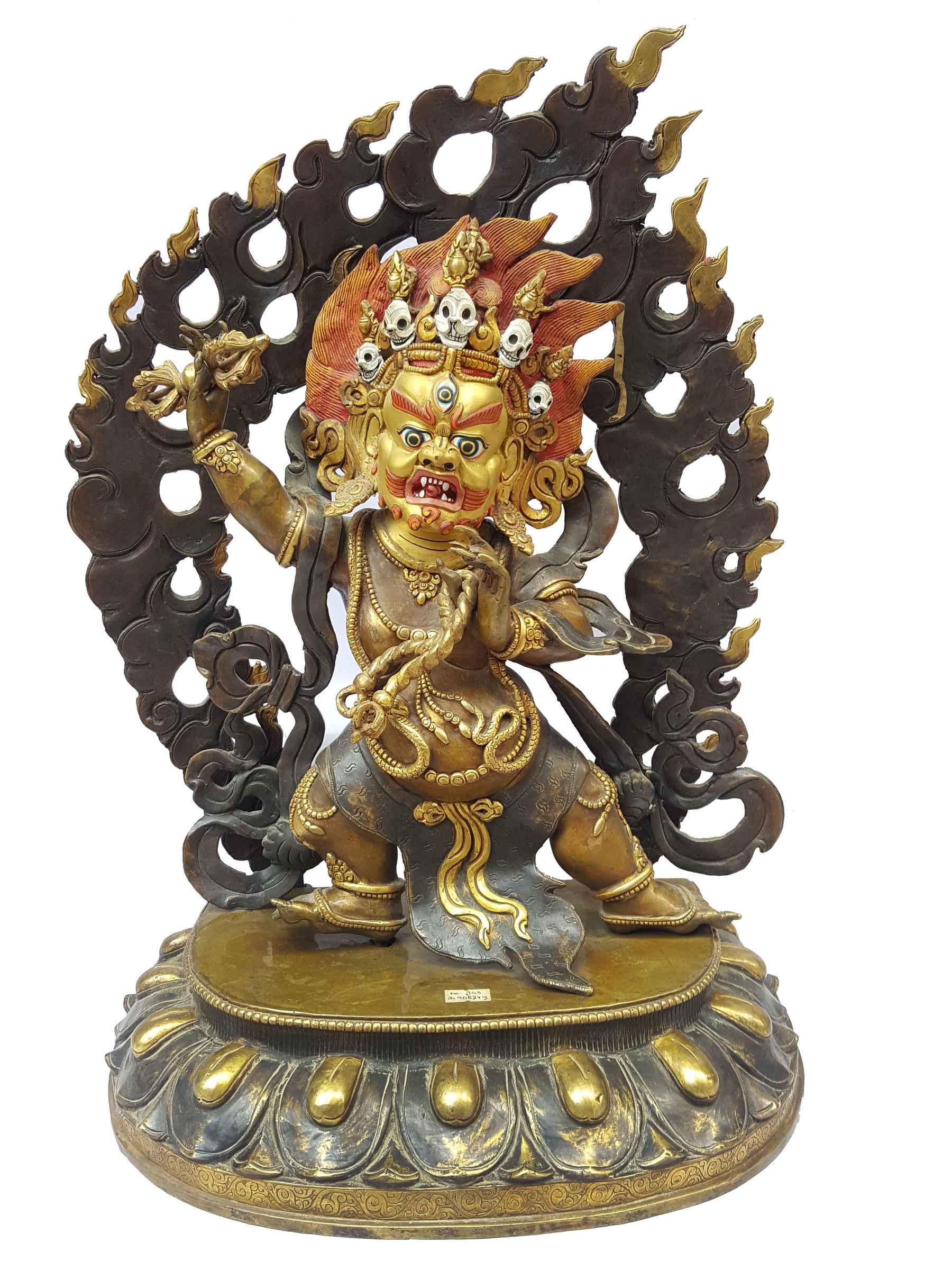 Chana Dorje Statue
Chana Dorje Statue  Chana Dorje Statue
Chana Dorje Statue  Manjushri, Buddhist Handmade Statue,
Manjushri, Buddhist Handmade Statue, 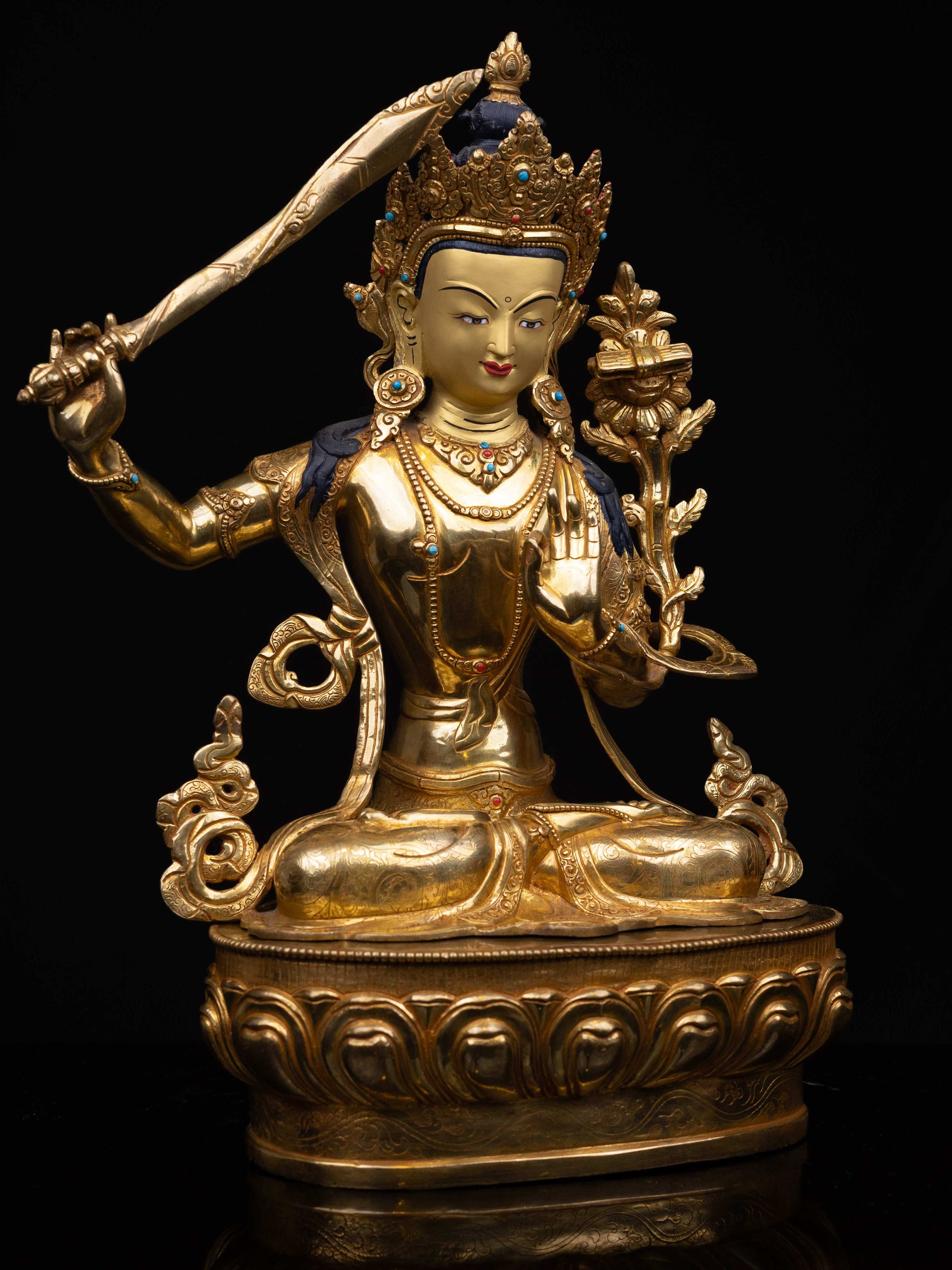 Manjushri, Buddhist Handmade Statue,
Manjushri, Buddhist Handmade Statue,  with Consort,
with Consort, 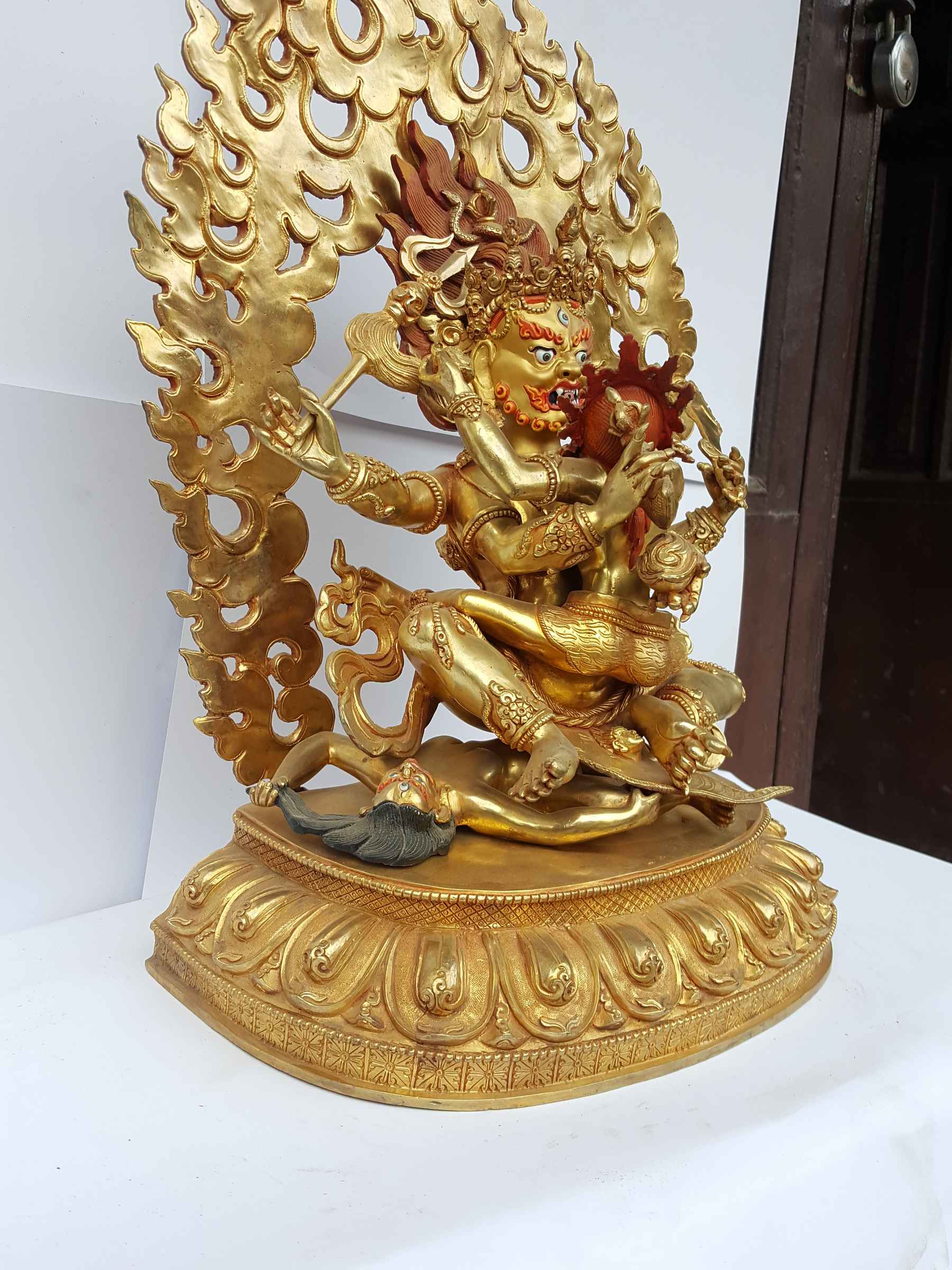 with Consort,
with Consort, 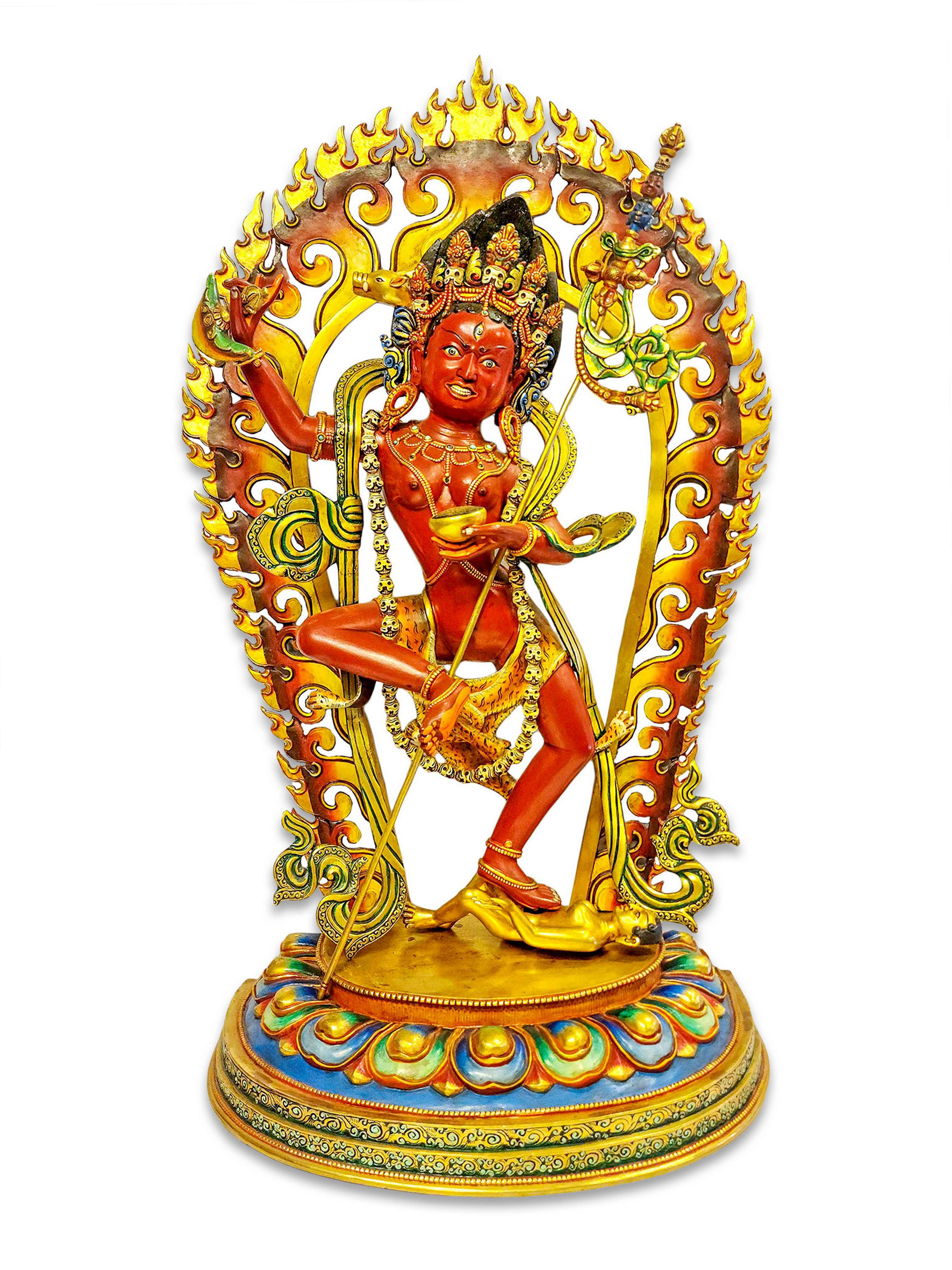 Vajravarahi, Buddhist Handmade Statue,
Vajravarahi, Buddhist Handmade Statue, 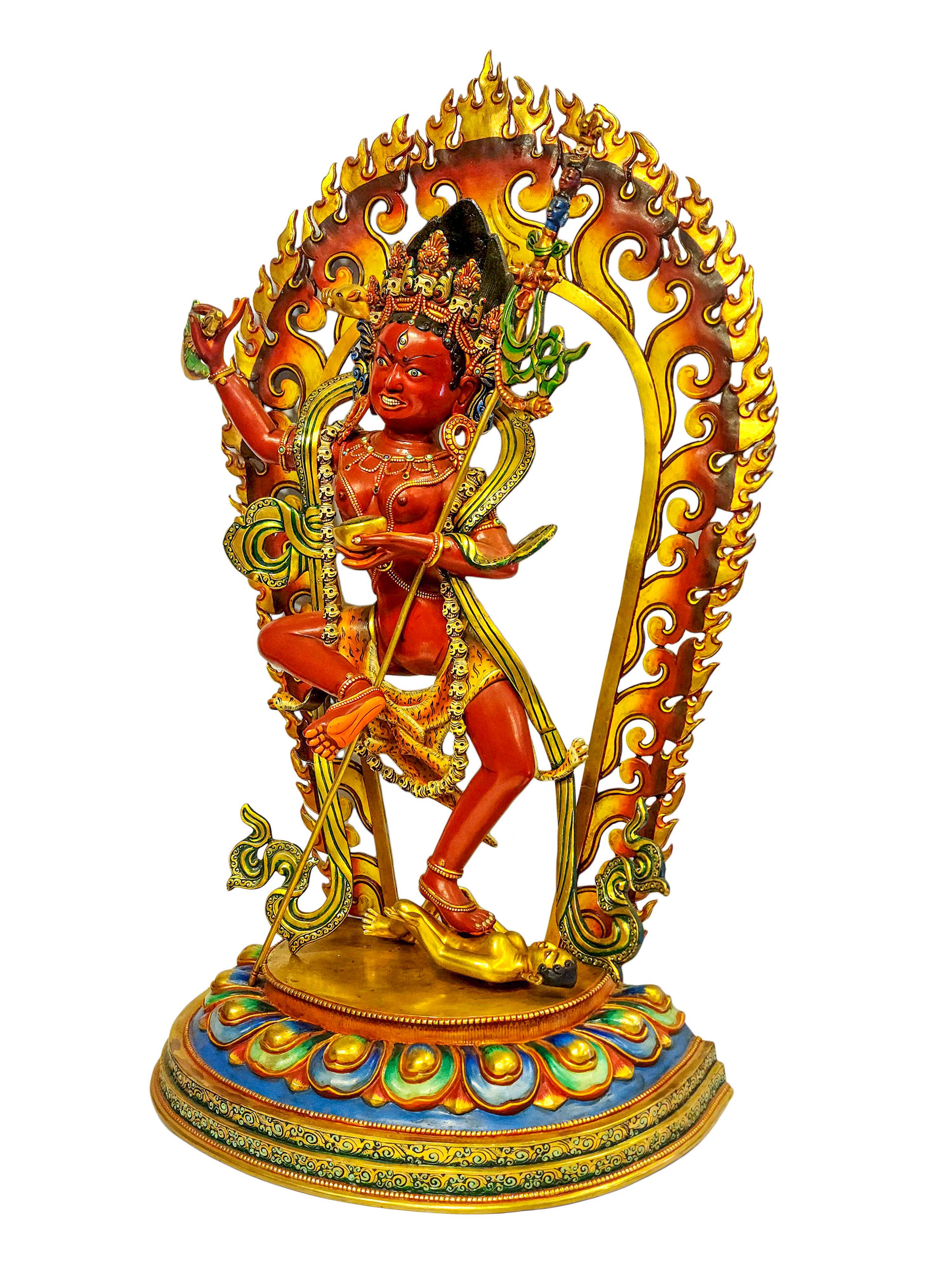 Vajravarahi, Buddhist Handmade Statue,
Vajravarahi, Buddhist Handmade Statue,  Master Quality, Buddhist Statue
Master Quality, Buddhist Statue  Master Quality, Buddhist Statue
Master Quality, Buddhist Statue  Master Quality Statue
Master Quality Statue 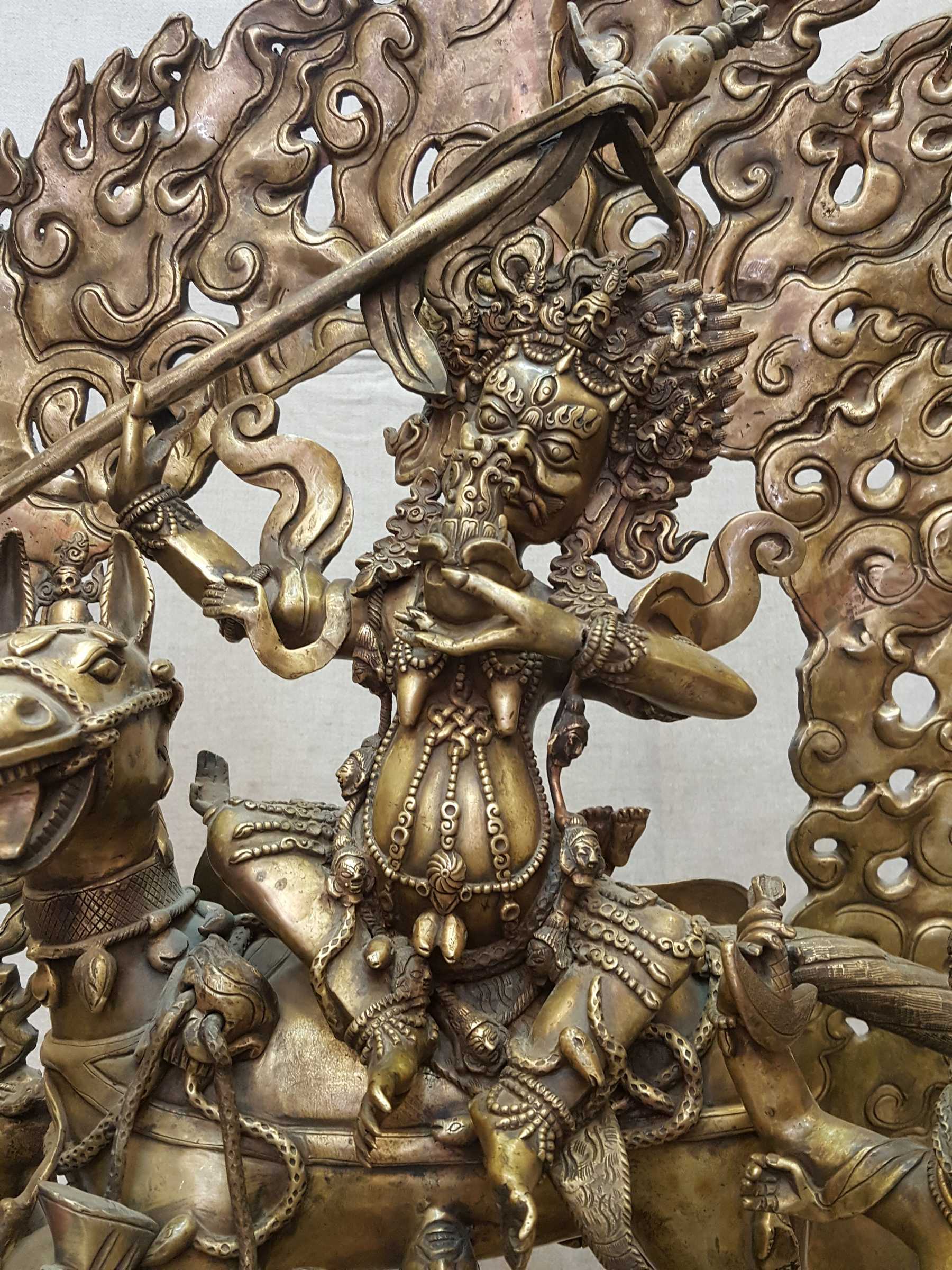 Master Quality Statue
Master Quality Statue  Waiting For Patina Finishing,
Waiting For Patina Finishing, 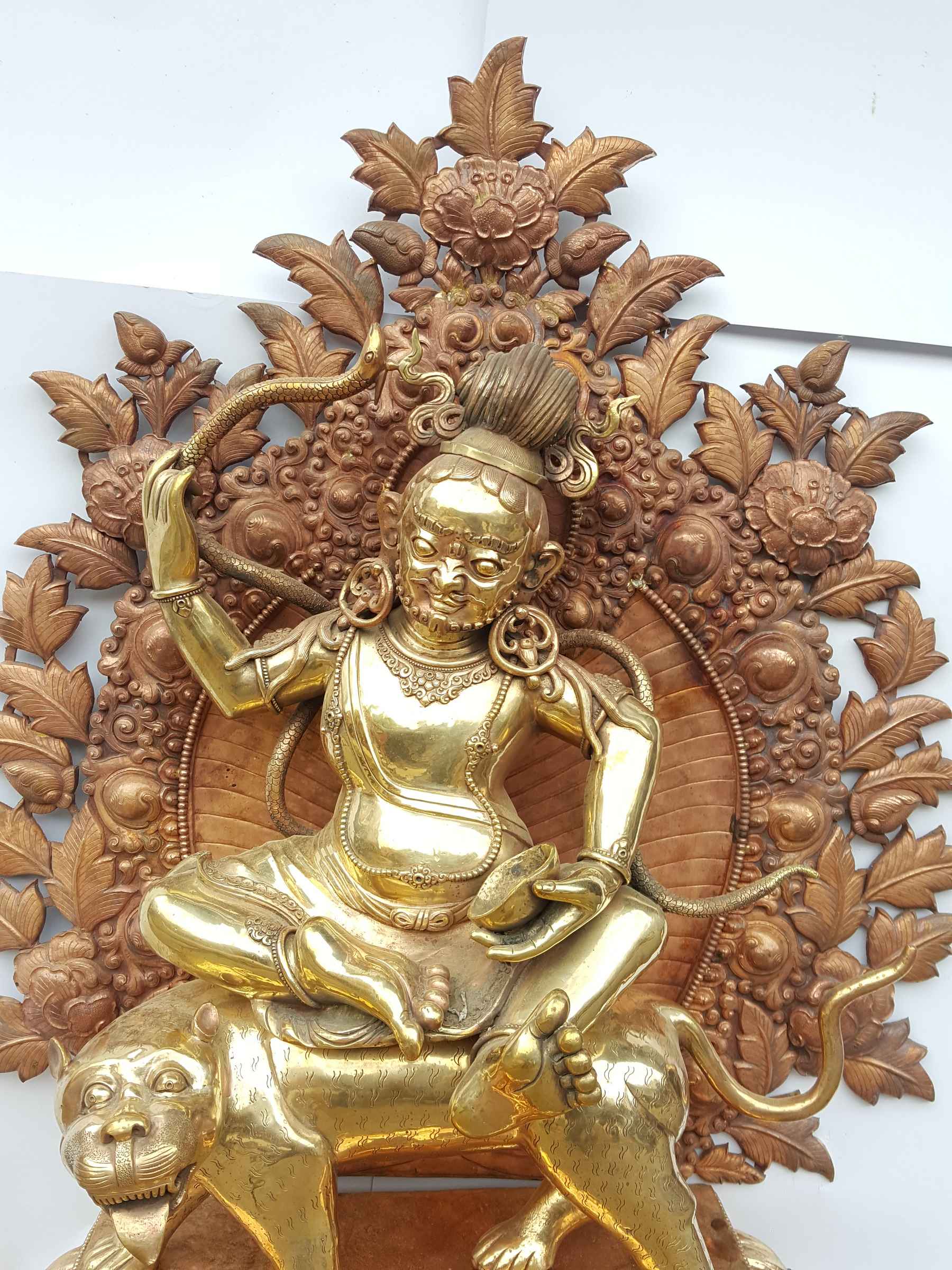 Waiting For Patina Finishing,
Waiting For Patina Finishing, 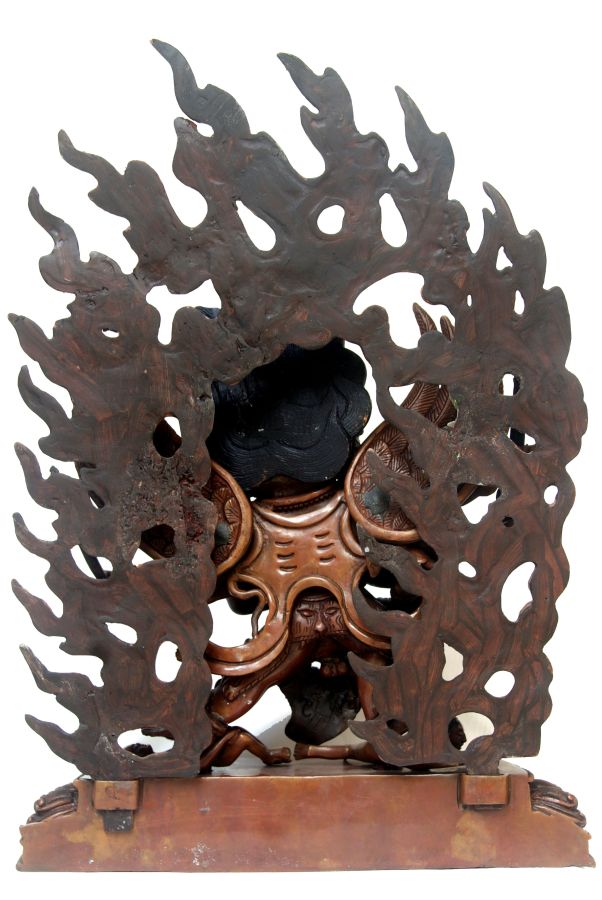
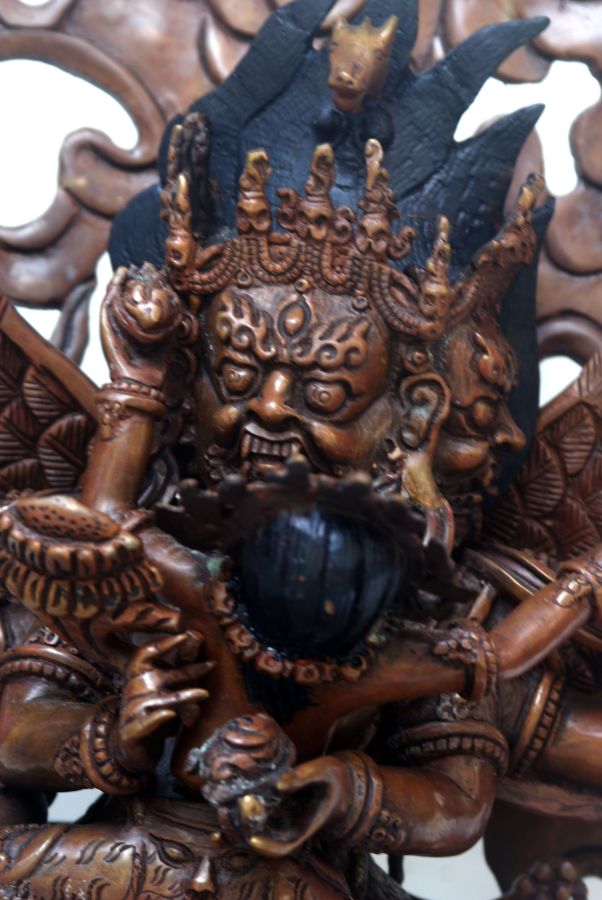
 and Traditional Color,
and Traditional Color, 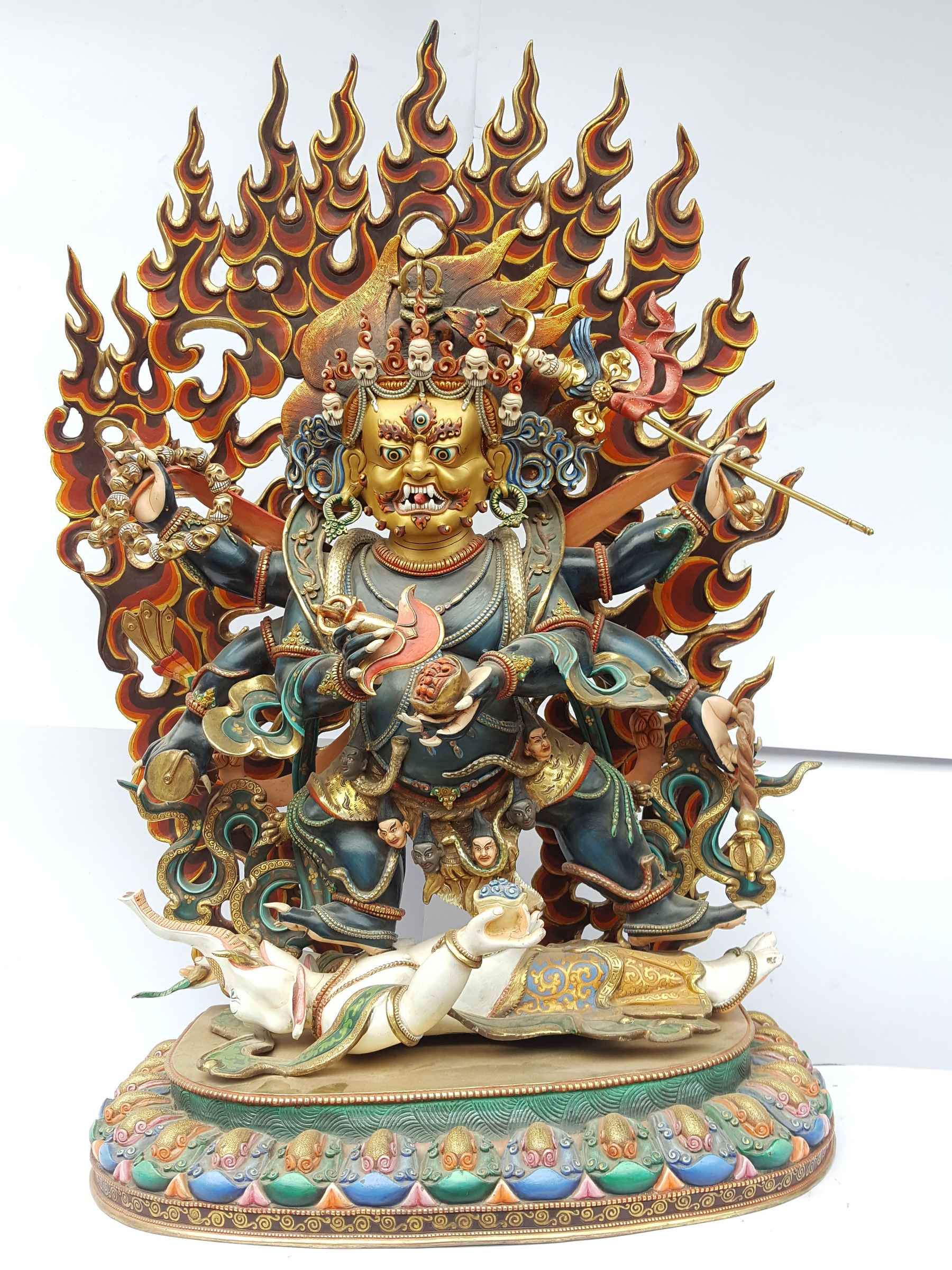 and Traditional Color,
and Traditional Color, 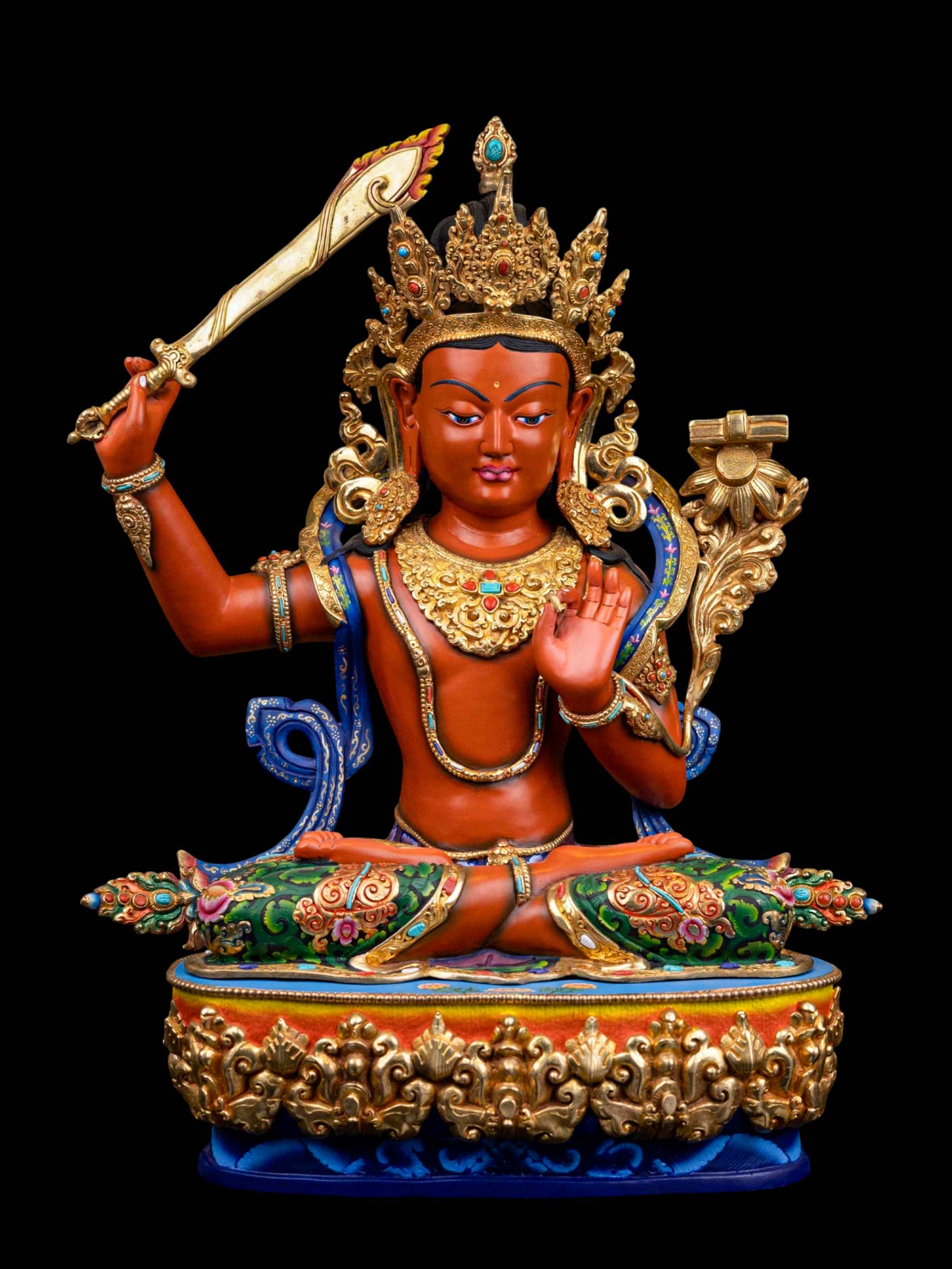 Manjushri, Buddhist Handmade Statue,
Manjushri, Buddhist Handmade Statue, 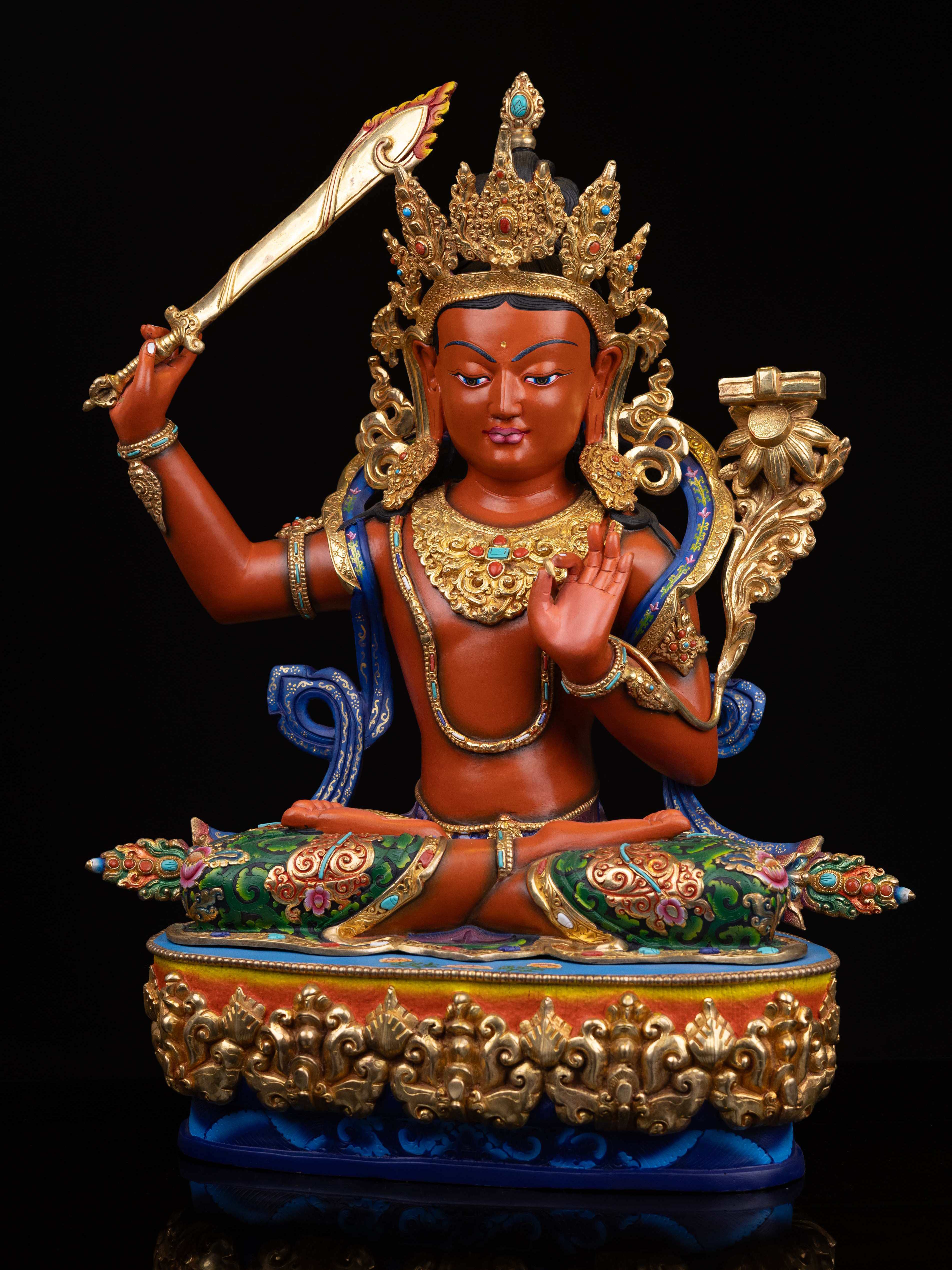 Manjushri, Buddhist Handmade Statue,
Manjushri, Buddhist Handmade Statue,